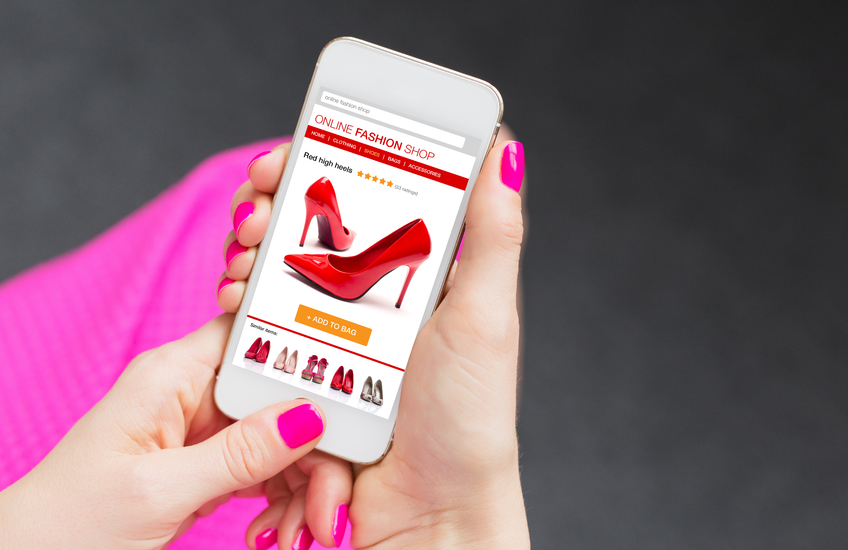90% of consumers are willing to provide personal information to companies if, in return, they get discounts and gain advantages when making their purchases. Also, 72% say that they only interact with commercial messages if they are personalized. From this data, verified by SmarterHQ in its report Privacy & Personalization, it is clear that a good marketing strategy must move away from a one-size-fits-all approach towards a new paradigm based on the creation of a unique experience for each user. Only then, will it be possible to generate a true customer engagement.
How to face this challenge, crucial not only for the Marketing department, but for the whole organization? With a very powerful tool: hyper-personalization.
What is hyper-personalization?
Hyper-personalization is a data-driven marketing tactic that relies on technologies such as artificial intelligence, the Internet of Things and machine learning to collect and process user data (both demographic and behavioral) in real time; and apply all this information to the ultra-personalization of brand/individual interactions.
Hyper-personalization promotes customer engagement by making the users feel special when interacting with the brand. People do not like to be considered as just another number. We react more positively in environments where our particularities are taken into account. In the case of digital marketing, this means offering advertising, products or content that are closely related to the needs of each individual.
Marcos Gómez, Digital Marketing Manager at Labelium Spain
Hyper-personalization vs. traditional personalization tactics
Personalization in digital marketing is nothing new. We are used to receiving emails that quote our name in the subject line; or to e-commerce reminding us of the products we have consulted during the browsing session. So, to what extent does hyper-personalization represent an advance over these traditional applications? The novelty of this approach lies in two factors:
- The granularity of the data being handled. Systems not only take into account what, but also when and where. Thus, supported by machine learning technology, conclusions regarding the interests of the user are drawn and effectively applied in the development of messages.
- The potential to promote omnichannel in the shopping experience. Hyper-personalization is based on the integration of data from all brand/individual interactions, on any type of device and online or offline channel. This helps to improve customer service, recognizing their habits and history regardless of whether the engagement occurs in the physical store, e-commerce, mobile app or social networks.
How does hyper-personalization help to achieve business goals?
Incorporating hyper-personalization multiplies the effectiveness of digital marketing strategies, because:
- It simplifies the conversion path, reducing the number of steps required to fill out an information request or purchase a product.
- It increases the conversion rate, as a result of the acceleration of the previous process and the greater engagement that this generates in users.
- It facilitates the work of the sales department, making the leads arrive at the BOFU phase better informed and with a favorable impression of the brand.
- It reduces the returns rate, providing recommendations that are more likely to fit the characteristics of the client, which contributes to a well-founded purchase decision.
In its study Trends of Personalization, Researchscape International shows a ranking of the main benefits of hyper-personalization in achieving business objectives, according to digital marketers. Among them, the following stand out:
- Higher visitor engagement (55%)
- An improvement in the user experience (55%)
- The achievement of a greater number of leads and customers (46%)
- A more positive perception of the brand by its audience (39%)
- An increase in the benefits of e-commerce (27%)
- More effective loyalty and increased customer lifetime value (25%)
Examples of the use of hyper-personalization
Ideally, hyper-personalization should become the backbone of all marketing strategies in the company. However, going back to the SmarterHQ survey, the hyper-personalization applications most valued by consumers are:
- Special discounts on desired products, communicated by email or on the website.
- News related to products or brands of your interest via web, email or ads.
- Product suggestions selected based on previous purchase history, made available on the web or by email.
- Warnings that a product may be out of stock and it is time to place a new order.
- Reminders about the unfinished purchase still in the online cart via web and email.
Hyper-personalization on e-commerce
The power of hyper-personalization of messages within e-commerce is based on the combination of data about the user’s characteristics, behavior, and previous buying preferences.
It is possible to adapt the content of the website, activate email workflows or ultra-customize display ads by e-commerce according to the brands each user has consulted, the sizes they have selected, the time they have spent browsing, the internal searches they have made, the average cost per order or even their inclination towards certain colors.
Marcos Gómez, Digital Marketing Manager at Labelium Spain
Hyper-personalization on streaming content services
Hyper-personalization is key in streaming audiovisual content platforms. Spotify, Netflix and others owe their success to machine learning and the ability to adapt their consumer suggestions to the subscribers’ tastes, after inferring who their favorite artists and their preferred genres or styles.









